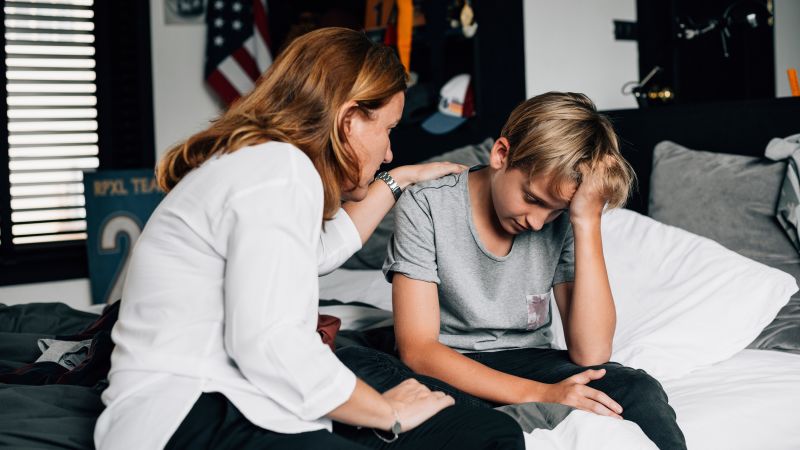How are we seeing more viral infections in kids? An advisory from the American Association of Pediatric Academies of Peace (AAP) Dr. Moira Szilagyi
She said that we will see a similar pattern as we see more viral infections in kids. “The reason for more severe illnesses with some of these viruses is the smaller airways in kids. Because the viruses get in there and cause such a high amount of inflammation, they are unable to clear out a lot of these secretions or get air in.”
Respiratory infections are typically high in the winter months but this year has started earlier and there are more infections.
“Rates are as high as 25% of those [who have] tested positive for RSV. It is atypical for October to see higher rates in December, January and November.
Hospitals have been functioning at the edge of what they can do, since we’ve been strapped. We’re seeing more people requiring help and fewer beds available, largely due to staffing needs,” explained Kalu. “This combination is going to create more problems.”
In the advisory, hospitals were guided to keep heightened awareness for these more severe infections when treating pediatric patients, and parents were instructed to keep an eye out for specific symptoms, like difficulty breathing and the sudden onset of limb weakness.
If you think your child is having a serious illness, it is wise to call your child’s doctor. Try to be patient, as they are most likely fielding a high number of calls from other parents and caregivers.
The president of the American ACADEMY OF PEACE is Dr. MoiraSzilagyi. The views expressed in this commentary belong to the author. View more opinion at CNN.
Providing Mental Health Care for Children and Adolescents During the Pandemic: Implications for RSV, Influenza and Covid-19
Many emergency department and inpatient beds are occupied by children and adolescents who have mental health needs. This is not because these are necessarily the right places for them to receive mental health care. It is because there is literally no other place to send them.
We need funding to make sure that we can quickly provide care for children in crisis, from the doctor’s office to the hospital. During the worst of the pandemic, pediatric clinicians stepped up to provide care to adults when hospitals were overwhelmed with adult patients. Adult resources can help care for children and adolescents now.
For parents, I can offer some reassurance – and some advice. If you or your family have not been vaccinated for influenza or Covid-19 (including boosters), now is a crucial time to do so. Regular hand washing, staying home if you are sick and covering your mouth and nose to reduce viral transmission from coughs and sneezes will all help.
Meanwhile, the AAP offers some resources on HealthyChildren.org on RSV, influenza and Covid, including videos of troubled breathing that can indicate a child in need of medical care for RSV.
A parent concerned enough about their child’s symptoms to seek care in an emergency room should not have to worry they’ll be turned away. We can care for all children in all of the places they turn to if we use this moment.
